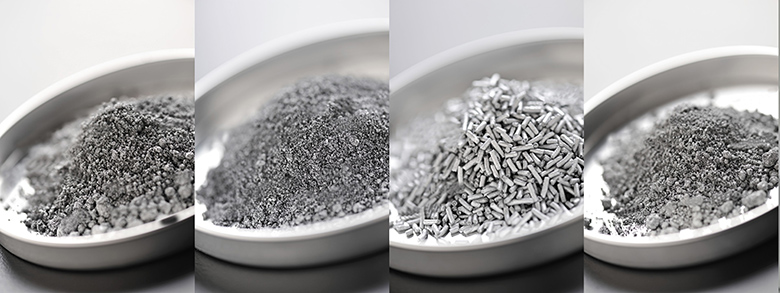What issues should be paid attention to when applying aluminium paste to plastics
What I want to discuss today: 1. The classification of aluminium pigments and their advantages and disadvantages. 2. The principle of aluminium pigment effects. 3. The formula, processing conditions and procedures in plastic applications.
In order to properly select the aluminium pigment types, we generally need to understand our specific product requirements.
Aluminium pigments are flake pigments. Each side is like a tiny mirror, and the light is reflected in all directions and shows a "flash point" effect. The aluminium sheet is dispersed in the support and has the properties of being parallel to the substrate, reflecting the light, and can produce very bright blue and white specular reflection light. Make sure the surface of plastic products has the metallic sheen that people like.

There are currently three types of aluminium pigments used primarily in the plastics industry on the market, namely aluminium paste, aluminium powder and aluminium bars for plastics. The main difference is the carrier, and the differences are as follows:
The advantage of aluminium paste is that it is cheap and there are many types of models to choose from. The disadvantages are that the carrier is a solvent, the oil content is large, the smell is strong, a large amount of unpleasant gas is generated during the production process and the finished product contains solvent residues. Dispersing aluminium paste is troublesome and the production equipment is difficult to clean.
The advantages of aluminium powder are solvent-free, odorless and contain many active ingredients. The disadvantages are that when it is added and stirred, dust floats in the air, causes dust pollution, causes hidden dangers, and it is difficult to eliminate hidden dangers, which are also the largest aluminiumpowder. Disadvantage.
评论
发表评论